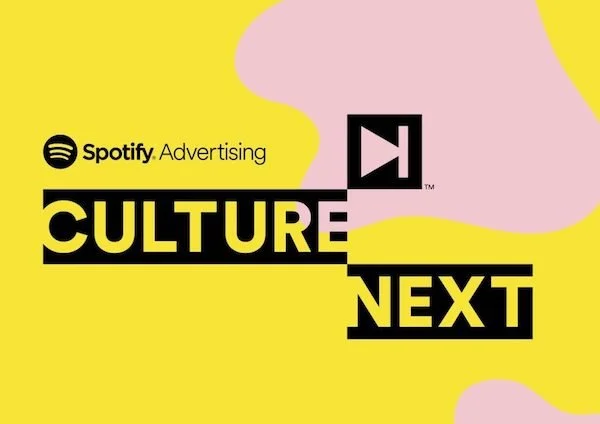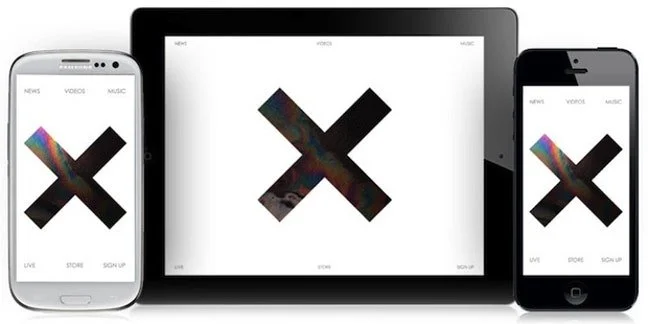How the Instagram Reels Algorithm Works
Credit: Instagram
With the popularity of short form video steadily on the rise on social media, Instagram’s Reels are a great new way for artists to engage audiences with 30 seconds of filmed content.
Why Artists Should be Using Reels
Alongside the introduction of Reels late last year, Instagram launched the Reels tab - a dedicated section of the app where users can explore videos from a range of creators. The tab aims to help creators get discovered by a broader audience, and eliminates the competition of stories and feed posts. By following some simple practices, artists can take advantage of Reels’ considerable potential reach.
What You Should Do
Instagram’s algorithm will favour Reels that are likely to inspire trends, use the creative tools provided by the app (text, music library, and camera effects including AR) and are shot in portrait mode. Users can also utilise features like the Align and Timer tools to improve the quality of their Reels.
It's a good idea to continue an engaging narrative throughout your Reels - bonus points if you can make the first two seconds extremely engaging, and throw in a surprise or twist at the end. You can access Instagram’s music library to soundtrack your Reels and you can also upload your own audio and record voiceovers for your content. Whether you’re using one of these techniques, or combining them, it’s recommended that you time your visuals with your audio so it’s in sync.
What You Shouldn’t Do
The algorithm is less likely to favour a Reel if it’s blurry, has a border, has excessive text covering the video, or if it has imagery or logos from other apps (so that rules out re-posting from TikTok).
Once you’re happy with your Reel, remember to share it to your Feed, as well as the Reels tab to maximise distribution and use hashtags to help reach an extended audience.










Last week, IFPI shared the Engaging with Music Report 2022, which features a collection of data sourced from 44,000 respondents, aged 16-64.